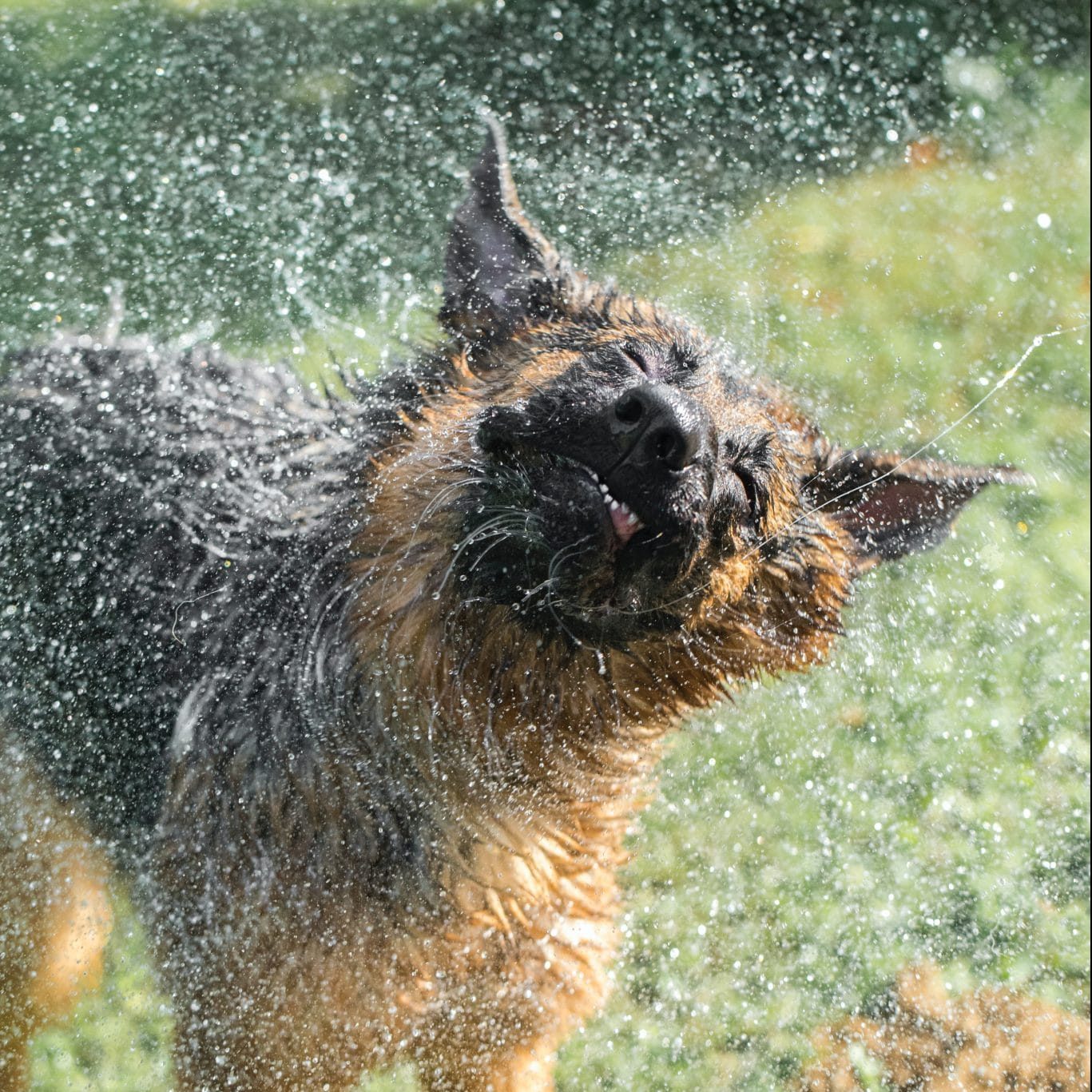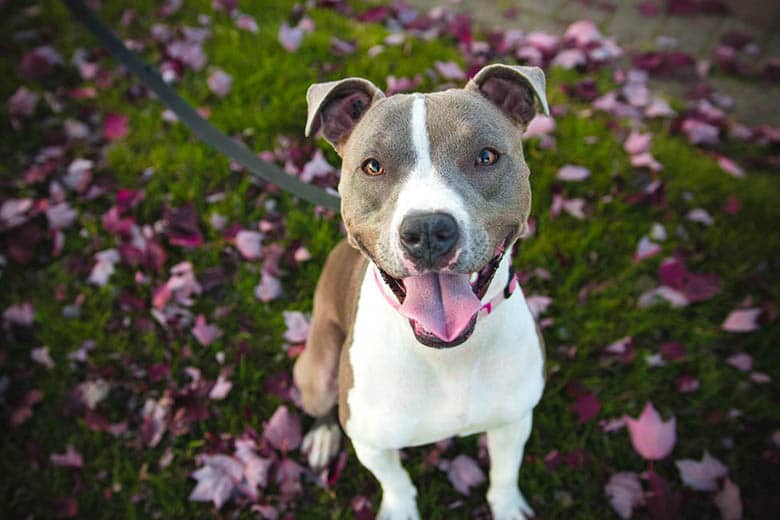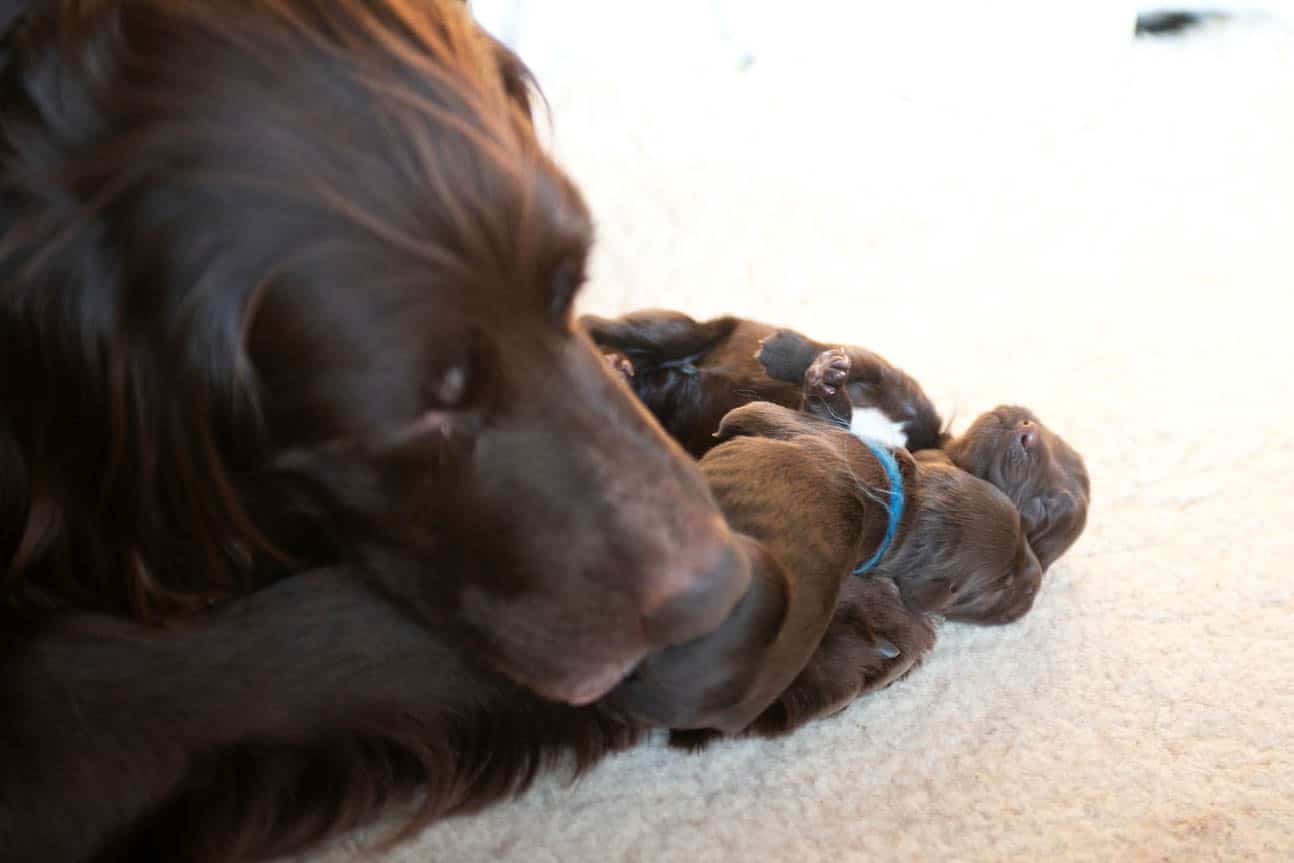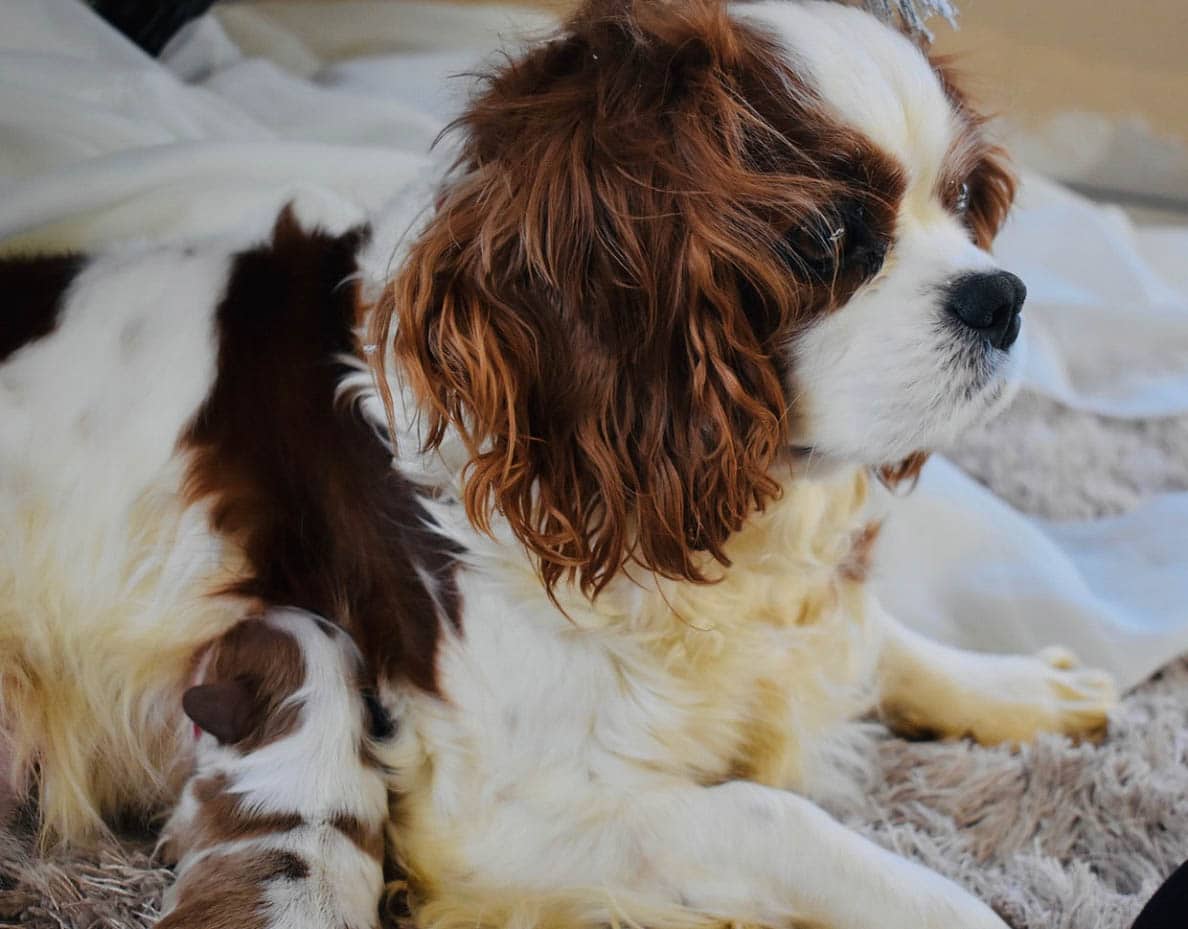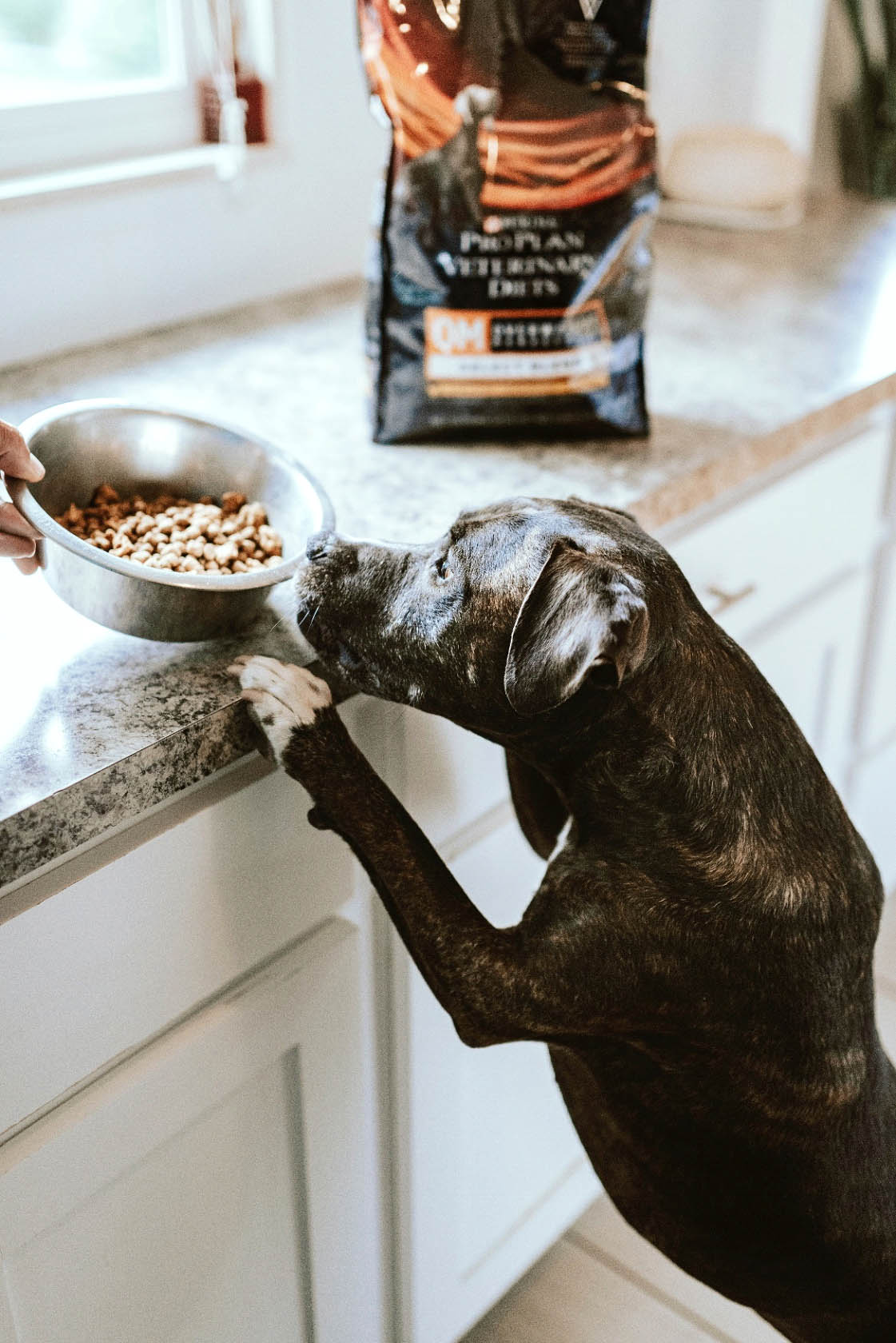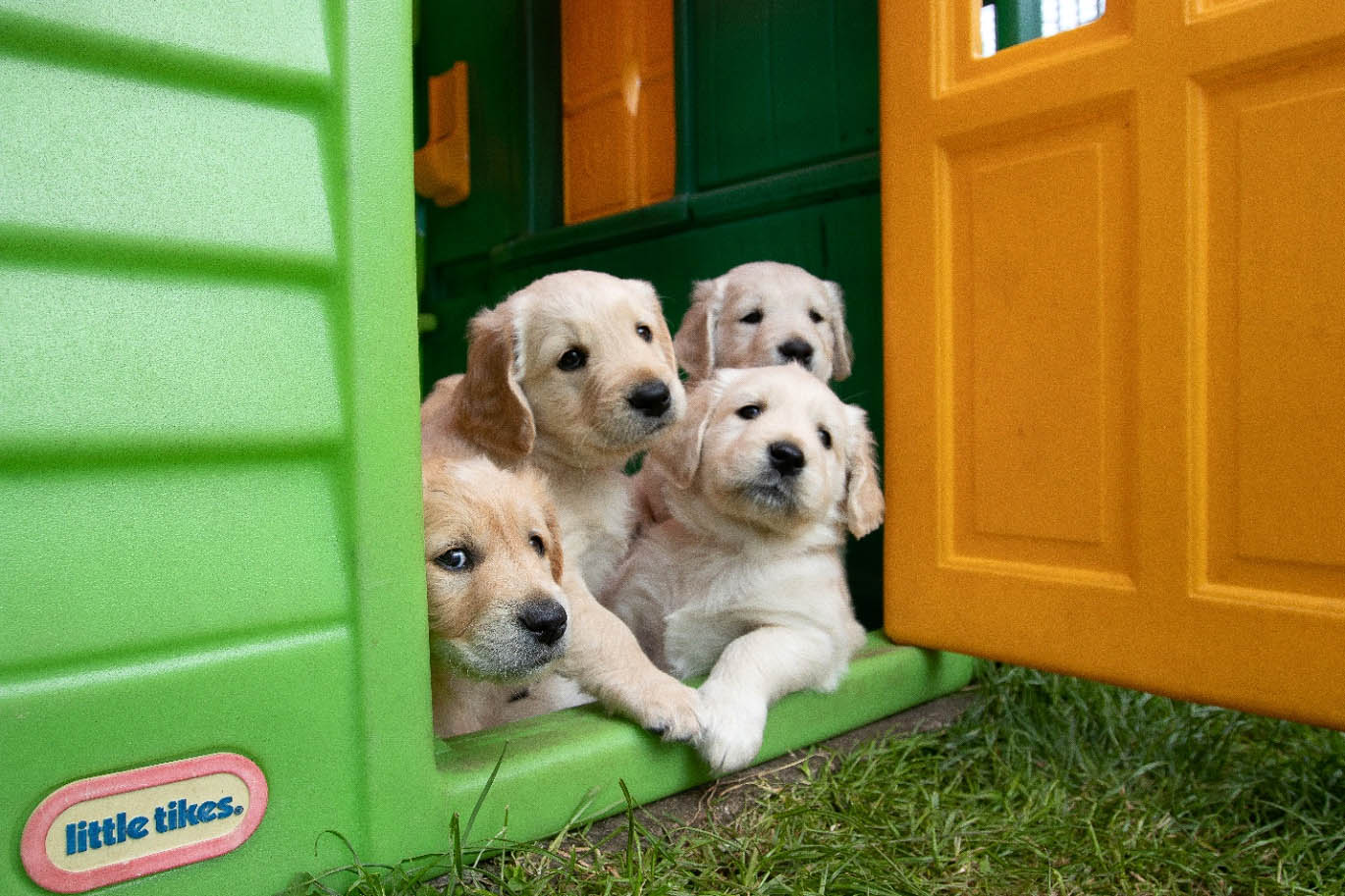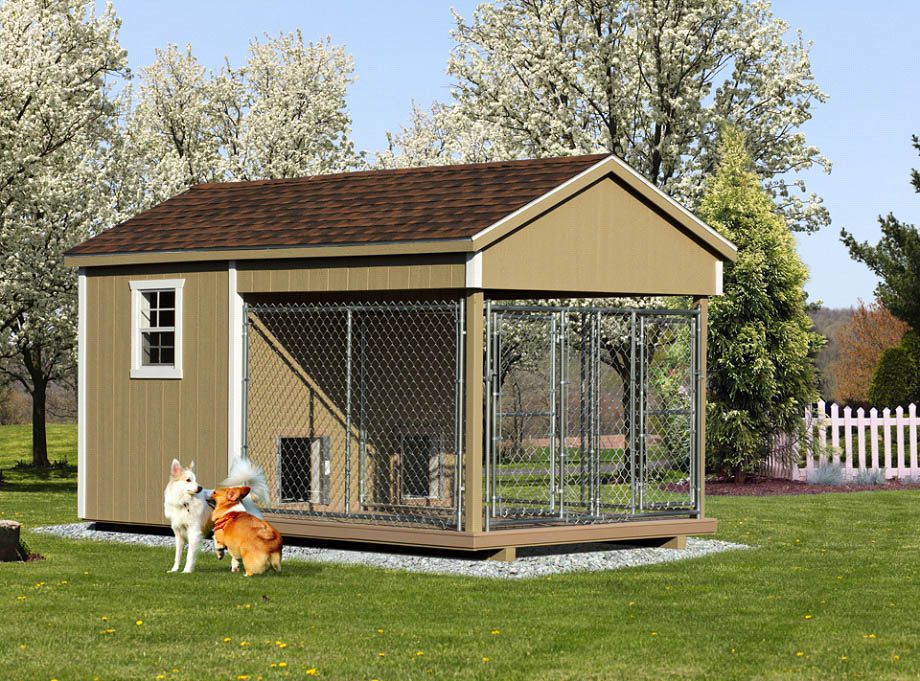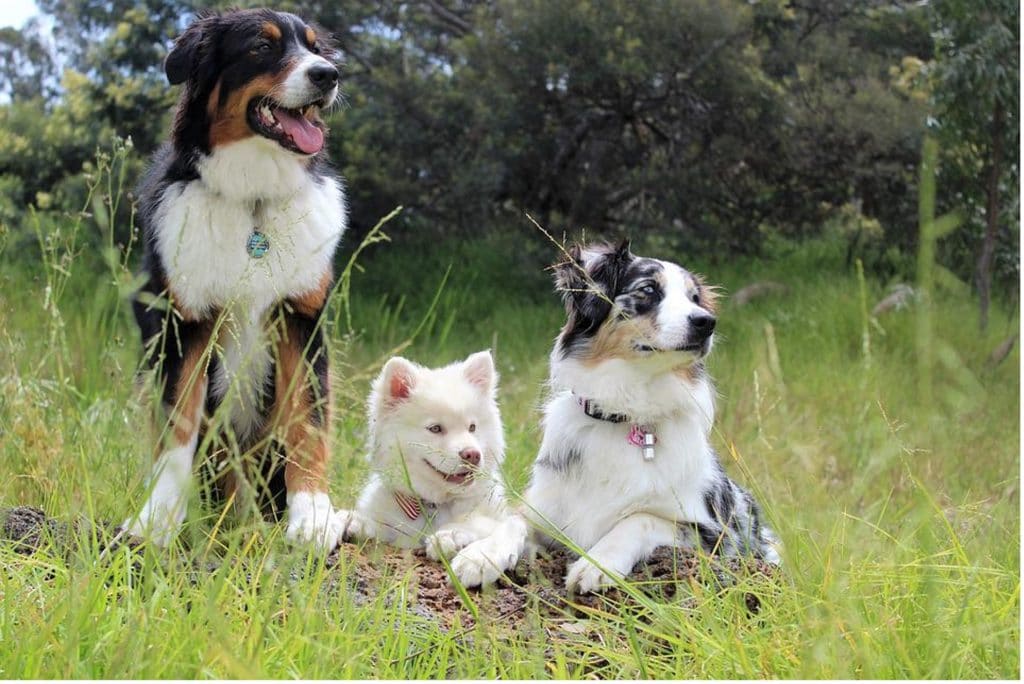
Image courtesy of pixabay.
Summer and fall are great time for your dog to get out and enjoy the great outdoors—however, it is also a great time for ticks. It is a tick’s main goal to find another animal, or host, to latch on to and if your dog is spending a lot of time outdoors—they are going to be a major target.
Ticks aren’t just annoying and gross to remove, they can also cause serious health complications and spread diseases like Lyme or Rocky Mountain Spotted Fever.
However, while serious, ticks are almost impossible to spot outside, because of their size. Many ticks are the size of a grain of sand, and you won’t even notice them until they have been engorged on blood and multiplied in size. At this point is where you are most likely to find them on your canine companion.
If a tick has reached this point, they may already be passing on diseases to your dog. With this in mind, there are a few tips on how to keep your dog tick-free and healthy whenever they spend time out in your yard.
Preventatives to Keep Ticks Off Your Dog
Image courtesy of pixabay.
One of the first and most important lines of defense against ticks is a preventative treatment. There are a few different options out there that you can apply right at home to ultimately help keep your pet safe.
- Spot On Treatments: These can be purchased over-the-counter or from your veterinarian, which can control both fleas and ticks. Typically, you need to apply these treatments every month, but sometimes they can fade or wash away with time.
- Oral Medications: Monthly oral medications can also be used to kill ticks that get on your dog’s skin. Typically, most dogs will eat these medications on their own, or they can be mixed in with other treats.
- Shampoos: Bathing your dog with a shampoo that has medicated ingredients in it will kill ticks on contact and protect your dog from further tick infestations. However, the shampoo treatment does not last as long as topical treatments and will need to be done every two weeks.
- Tick Collars: Your dog can wear a special collar during tick season that will help repel fleas and ticks. You need to make sure that your dog (or another dog) isn’t chewing on that collar, and that it isn’t causing an allergic reaction on the skin.
- Sprays and Collars: These treatments can be used in between baths and are most effective when applied right before your dog is going into an area that is heavily occupied with ticks. Make sure to keep these treatments away from their face and eyes.
Checking For Ticks On Your Pet
Image courtesy of pixabay.
Even with a diligent preventative regimen, sometimes dogs can still get ticks. It just happens. This is why it is so important to regularly check your pet for ticks to make sure that they don’t have any ticks you’re your dog has thick fur or hair you will need a fine tooth comb to search for ticks. Here are the primary areas to check on your pet:
- Head and Ear: With so many crevices in the head and ears, meaning there are lots of places for the ticks to hide. Make sure to look inside and outside the ears and pay particularly close attention if your dog is profusely scratching their ears.
- Groin: Roll your dog onto his belly and make sure that you check his groin—it’s a dark, moist area where ticks love to hide.
- Under the Collar: Most owners don’t remove their dog’s collar very often, so when you are checking for ticks, make sure to look underneath their collar.
- Toes: Many times, ticks will be found crawling between your dog’s toes or the bottom of their feet, but this is a commonly overlooked area.
- Tail: Underneath the tail is a dark, moist area that provides a desirable place for ticks to call “home.” Make sure to check near the base of the tail and to comb through your dog’s thick fur around their tail with a fine comb.
- Under Their Front Legs: Make sure to run your hand under your dog’s armpits, or where their front legs meet the body and feel for ticks.
Chances are, you may accidentally think a mole or skin tag is a tick, but make sure to double check every bump or lump you feel. A tick is black, brown or tan and have eight legs. The more blood they consume, the larger they will get.
If you do happen to find a tick, you want to quickly remove that tick in the right way.
Grab a pair of gloves and a clean tweezers. Grasp the tick as close as possible to your dog’s skin and slowly pull it out in a steady, straight motion. Drop the tick into some alcohol and clean your pet’s wounds with antiseptic.
Make sure to keep an eye on your dog and the place you found the tick. Monitor your dog for infections in the area and look out for symptoms of illness, fever, joint pain, loss of appetite or neurological problems in your dog. If you notice any of these symptoms, contact your vet right away.
Keeping Your Dog’s Outdoor Space Clean and Safe
Dogs get ticks when they are outside, plain and simple. But it doesn’t mean that there aren’t things hat you can do to keep your dogs safe from these ticks. Here are a few tips on how to keep your dog tick-free by keeping their outdoor space clean, safe, and (mostly) free from ticks.
If you have a large yard filled with trees, shrubs and plenty of green spaces, then you can try a natural, safe, outdoor spray for your yard. You can also try mixing apple cider vinegar with water to create a tick repellant spray. Always make sure that you read the label or check with your vet before spraying anything in your yard.
If your yard backs up to a wooded area, place a buffer between your lawn and these wooded areas using mulch, rock beds or woodchips.
If you have a lot of plants, flowers or trees around your dog’s outdoor kennel, you can also try to spray some Food Grade Diatomaceous Earth, a dog-safe product that you can buy on Amazon or other home improvement stores. This product can be sprayed in grass and on these plants to dehydrate bugs and will keep both ticks and fleas away.
In addition to treating your yard, it is also important to make sure that your dog’s outdoor kennel is staying clean and healthy. Otherwise, you are giving ticks plenty of spaces to live and hide. Regular cleaning and spraying their kennel will help keep ticks away from your dog when they are trying to sleep.
Here at Horizon Structures, we know just how important it is for your dog to have a safe and welcoming place to call “home.” This is why we create durable, easy-to-clean outdoor kennels for dogs that are easy to keep safe and sanitary.
Together with the right outdoor kennel and the right cleaning and preventative approaches, you can keep your dog tick-free and healthy all season long!


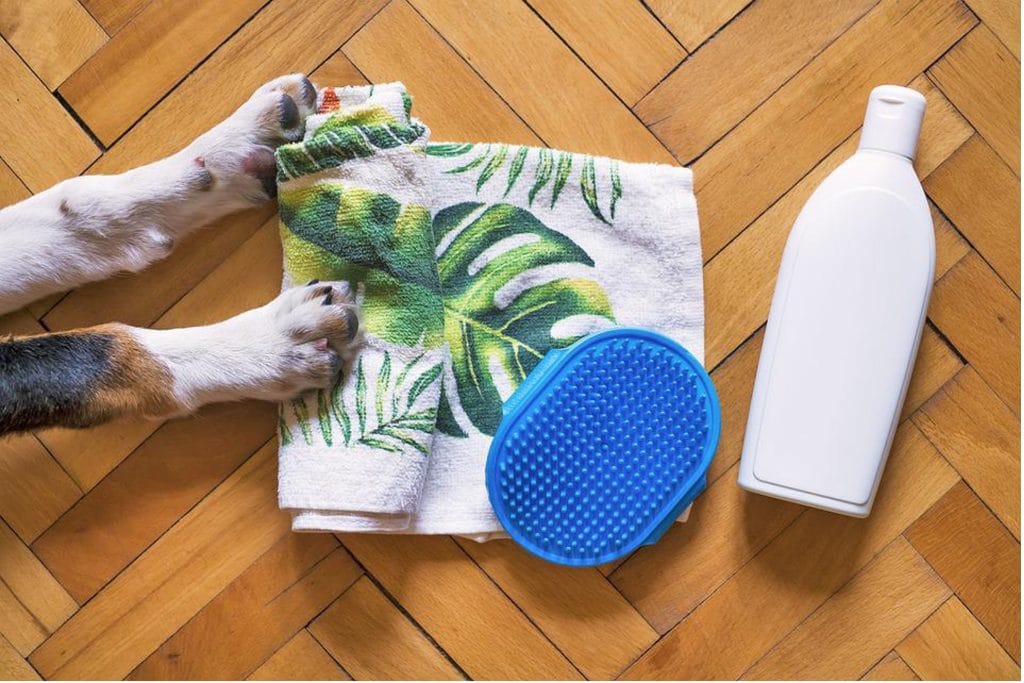
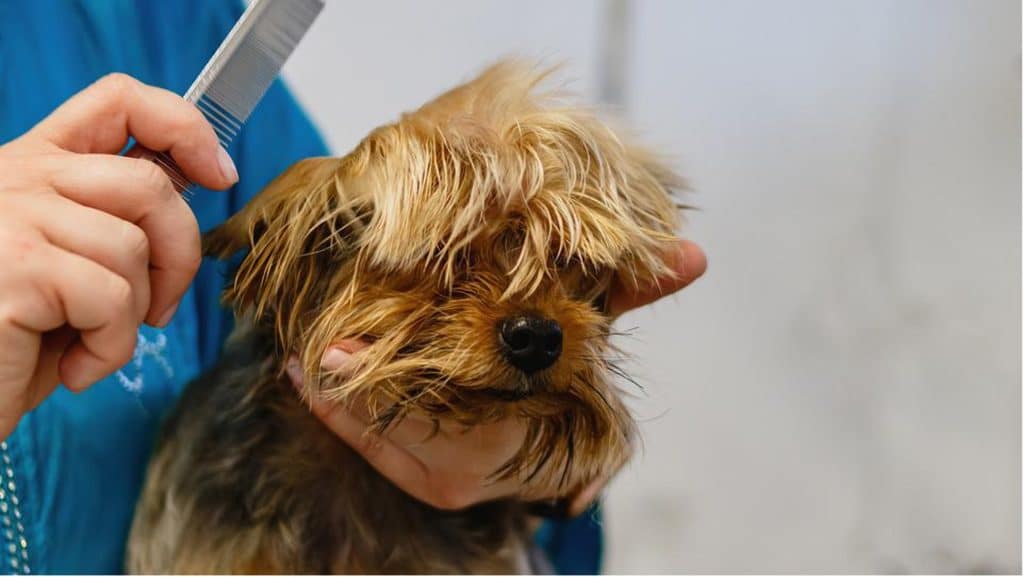
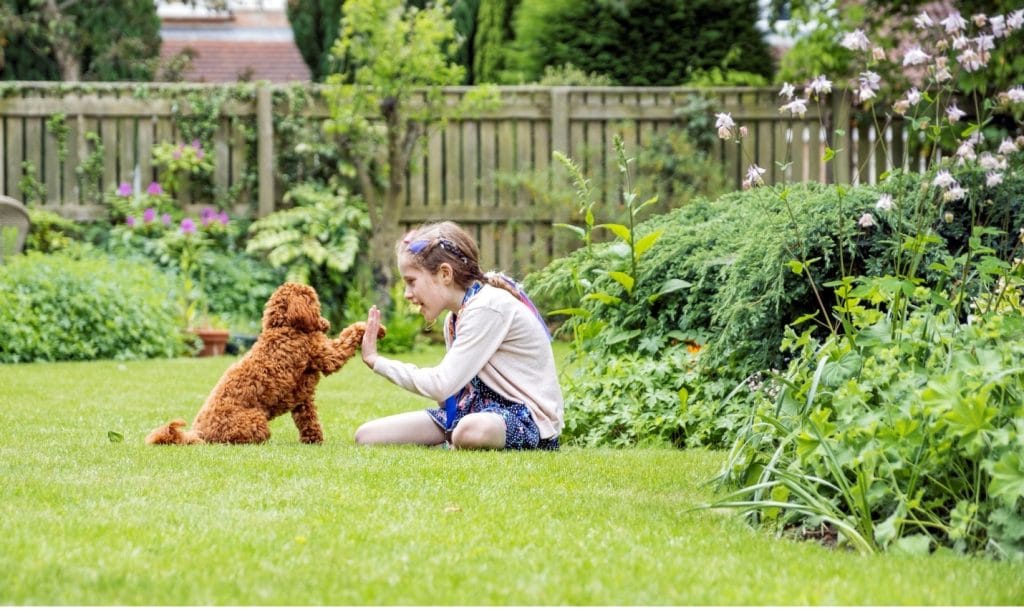
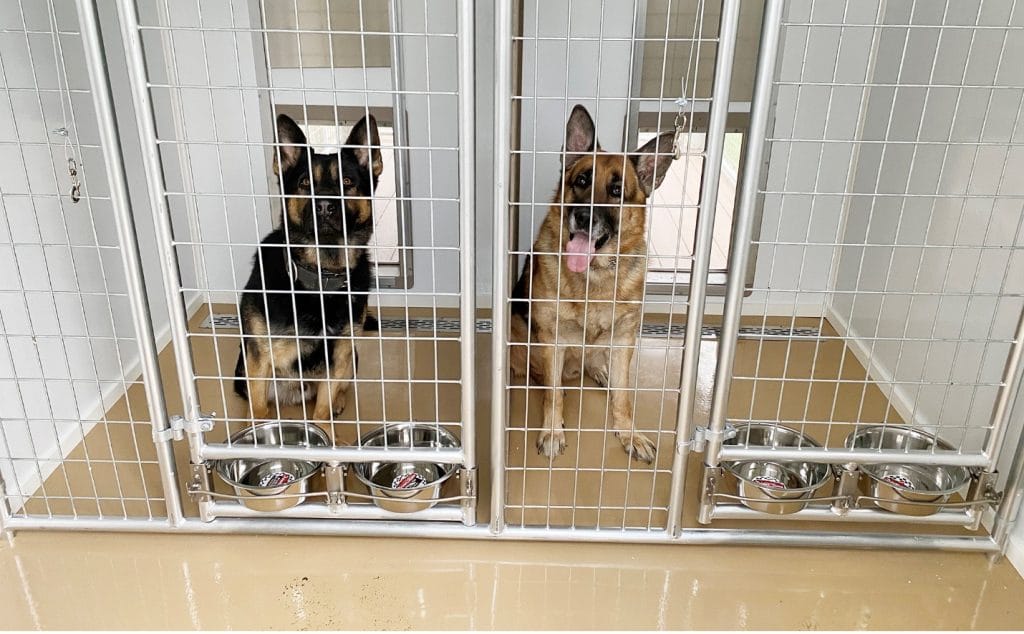
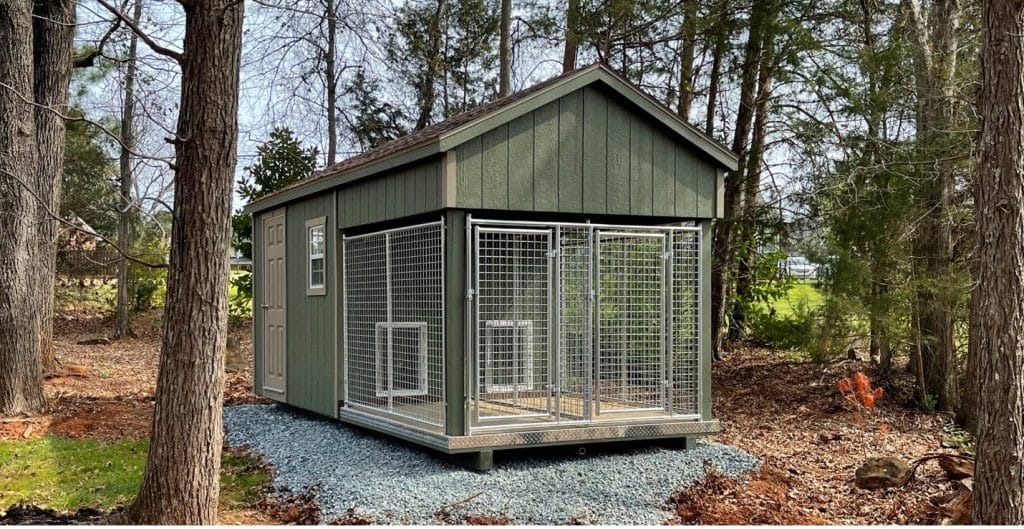





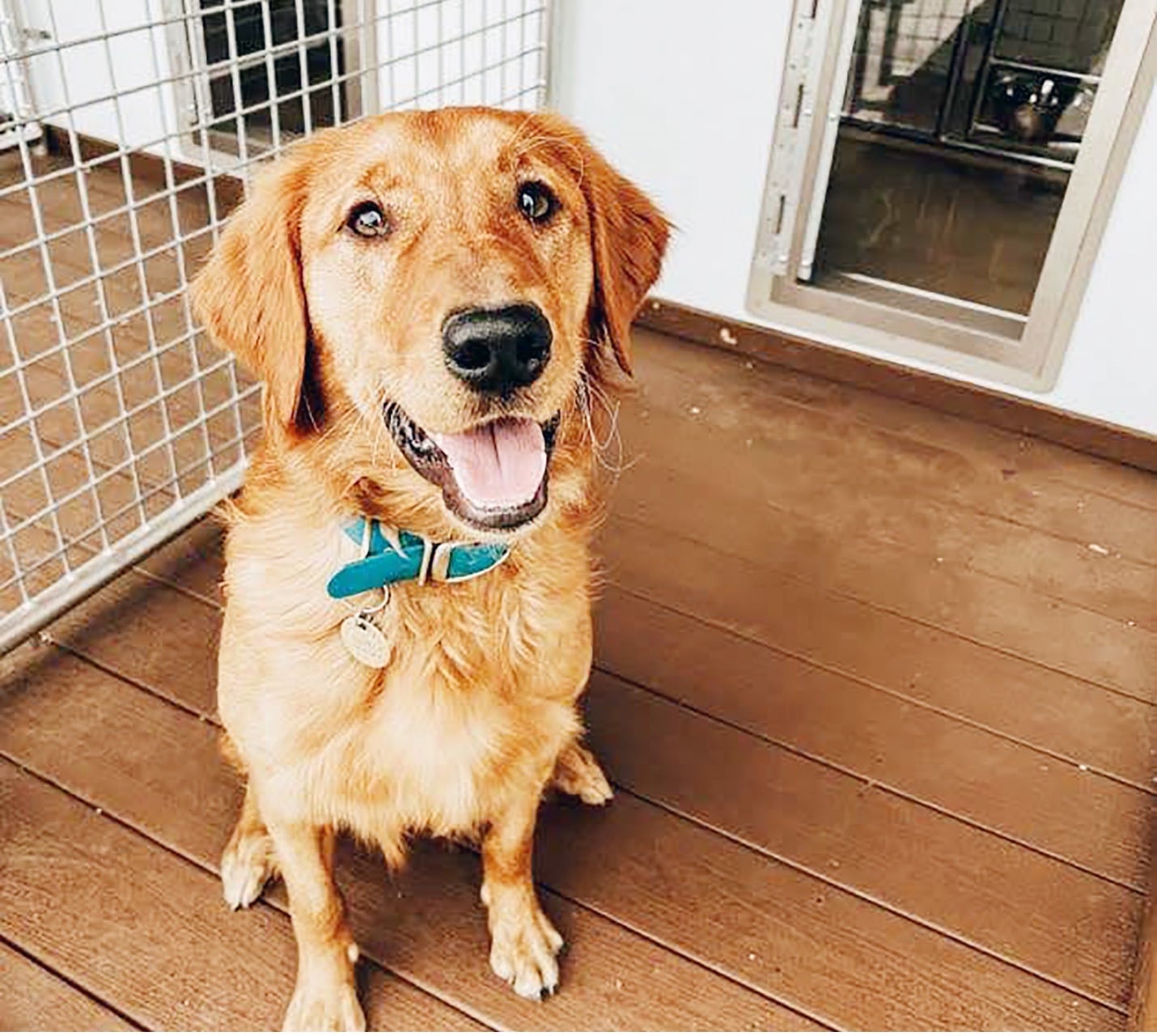
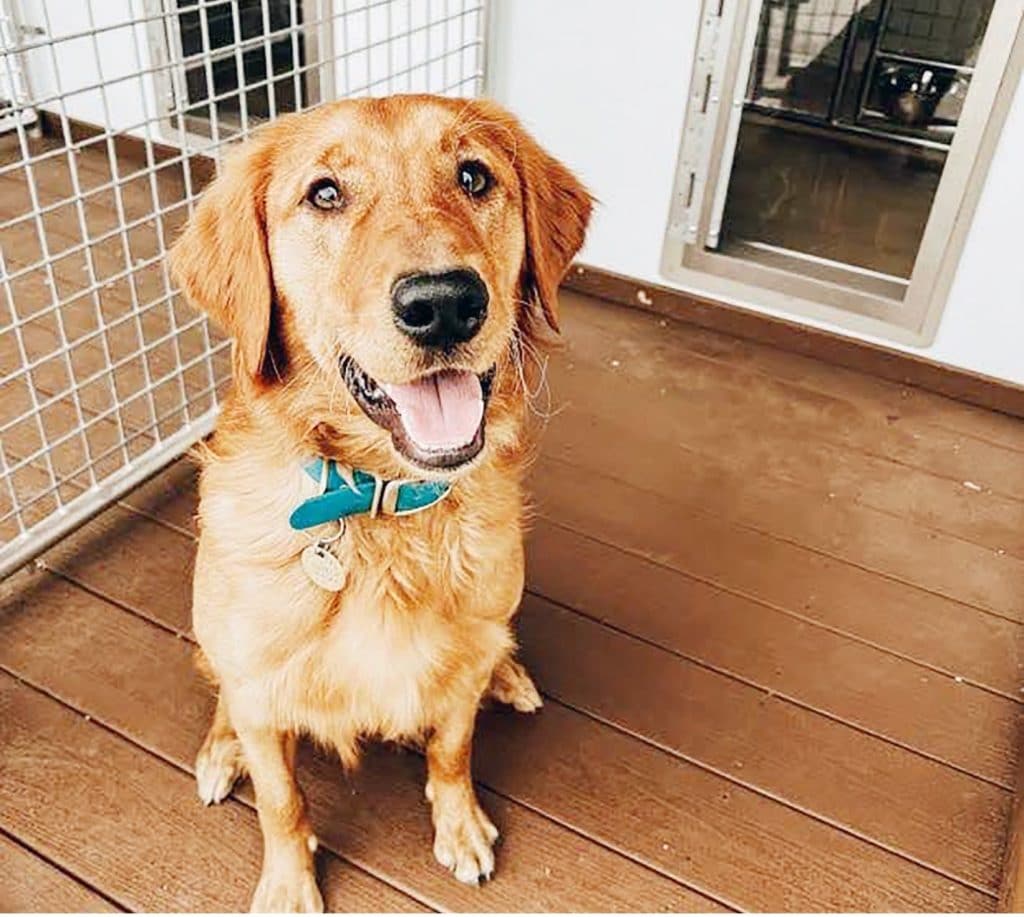
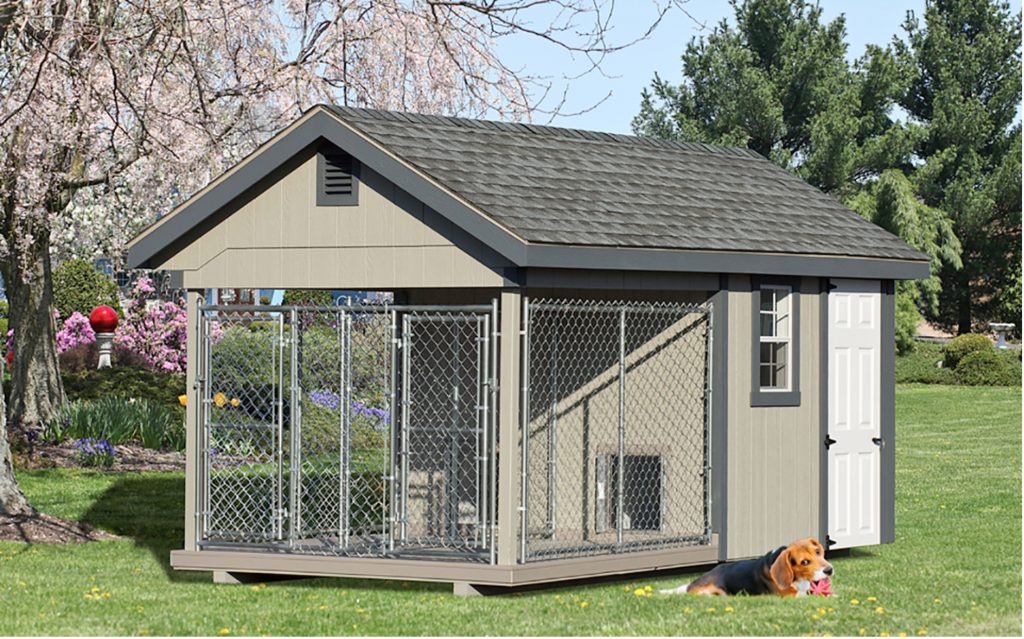
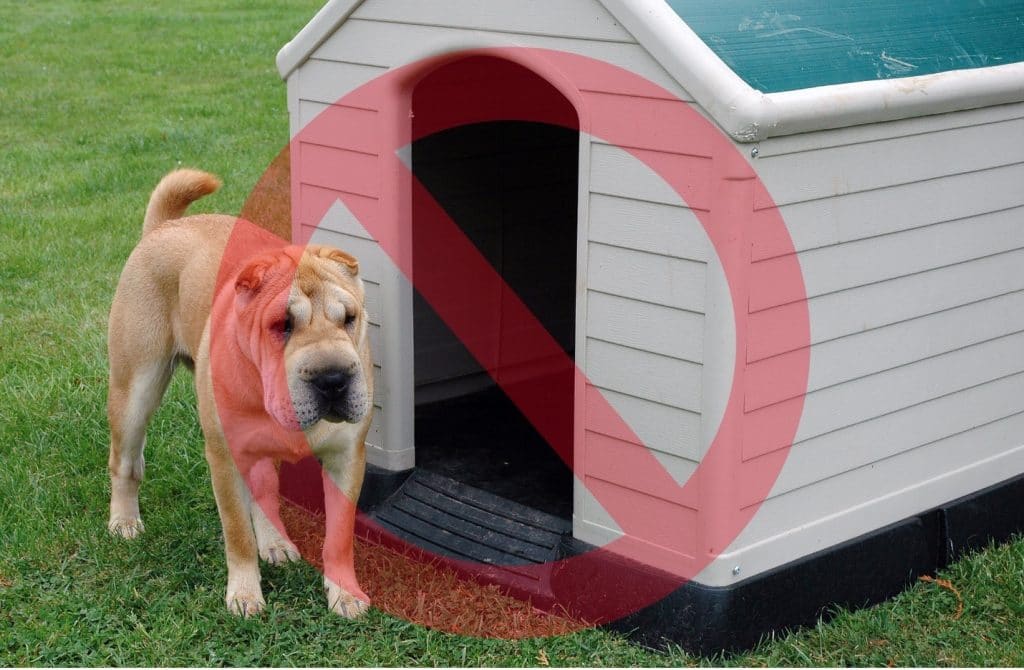
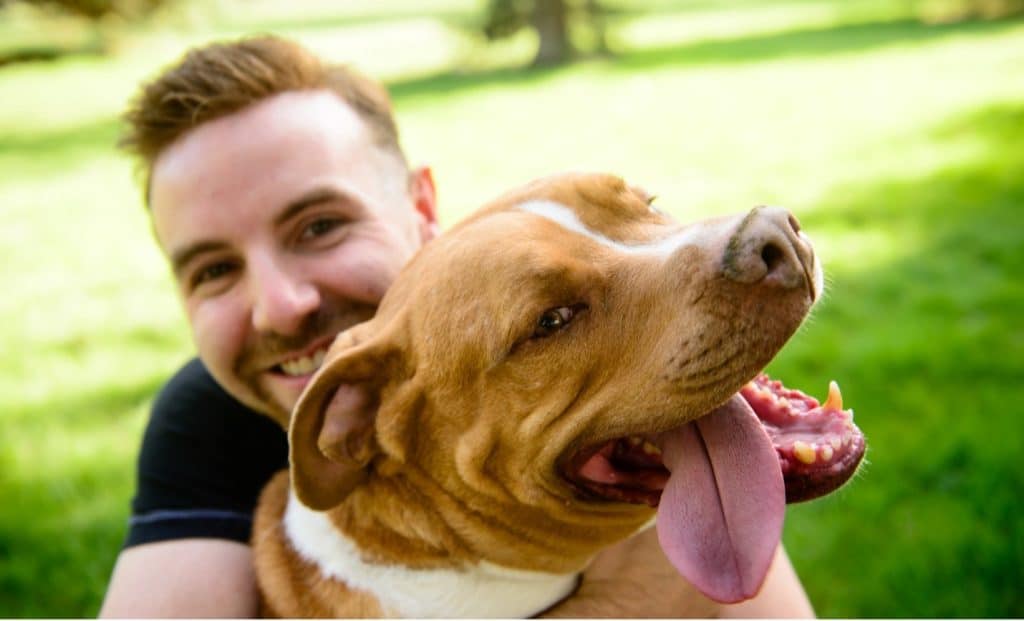
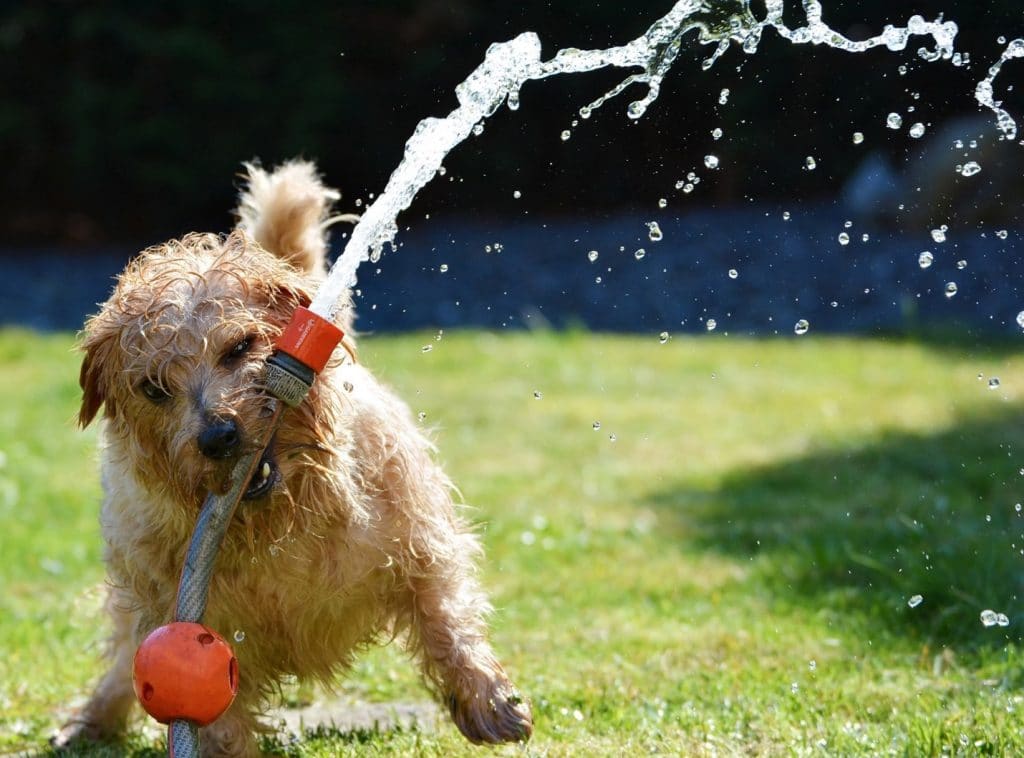
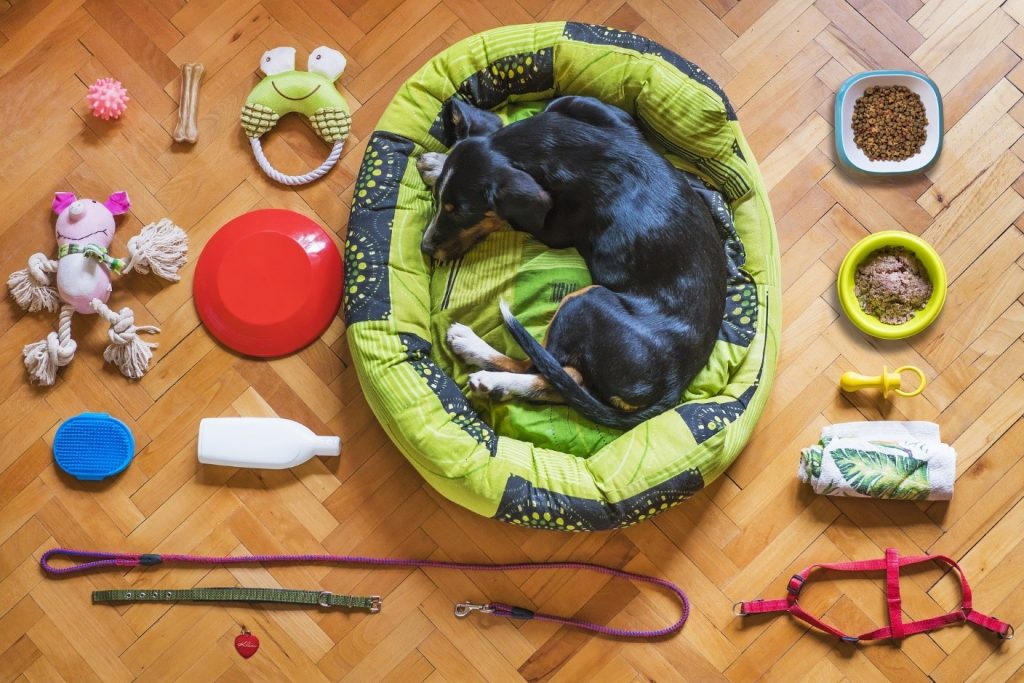

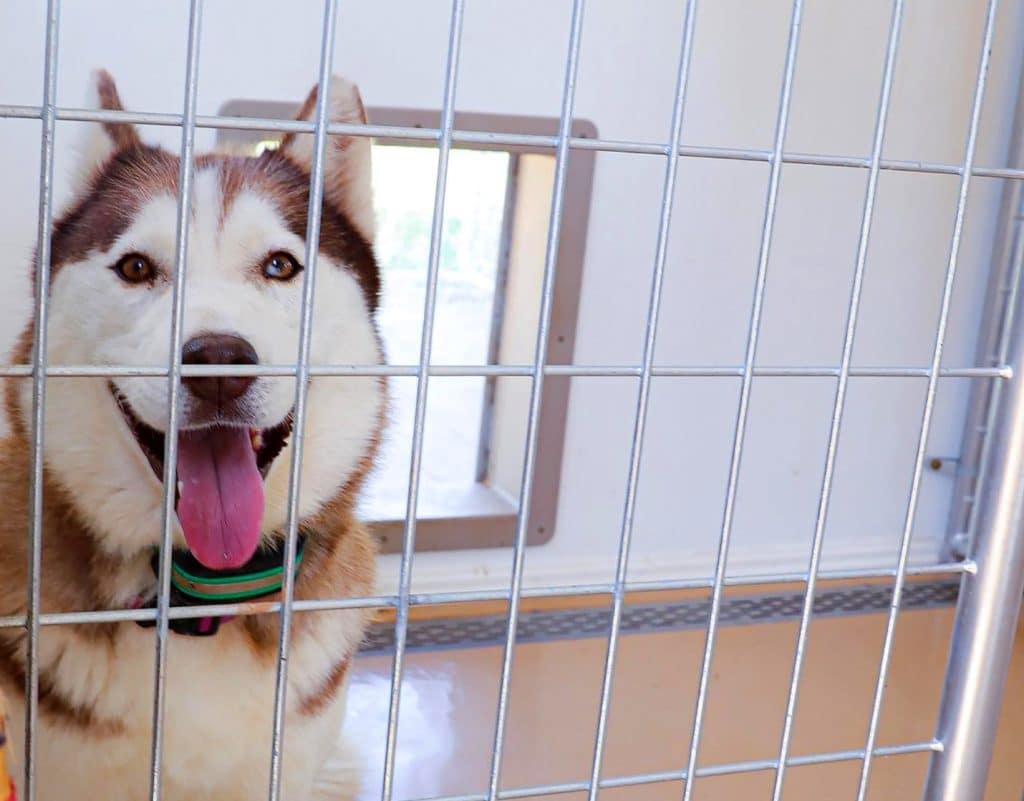



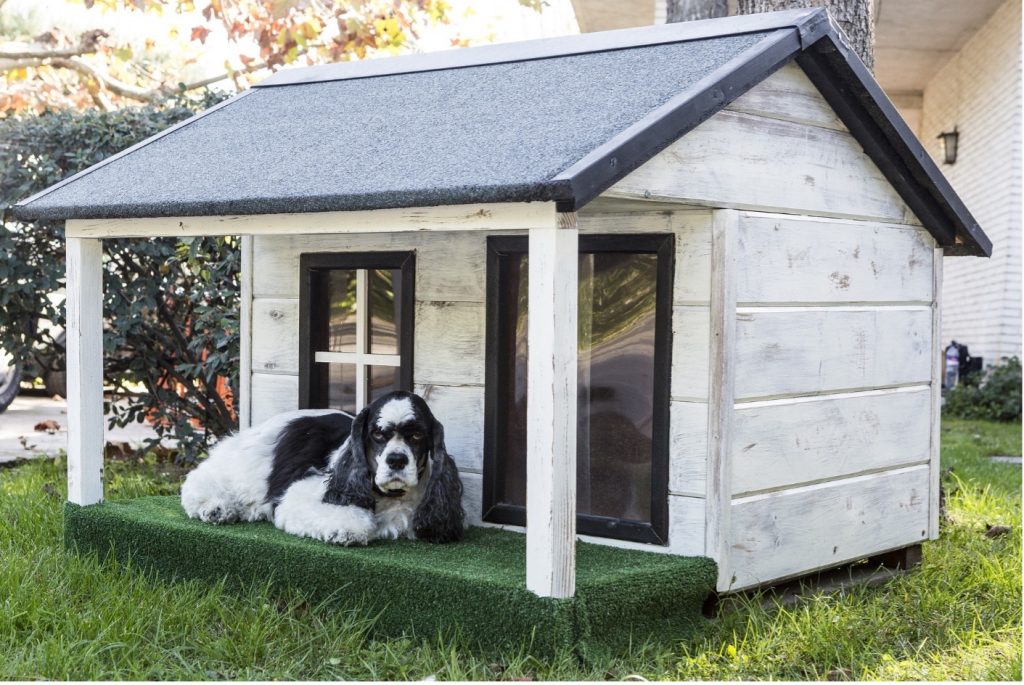
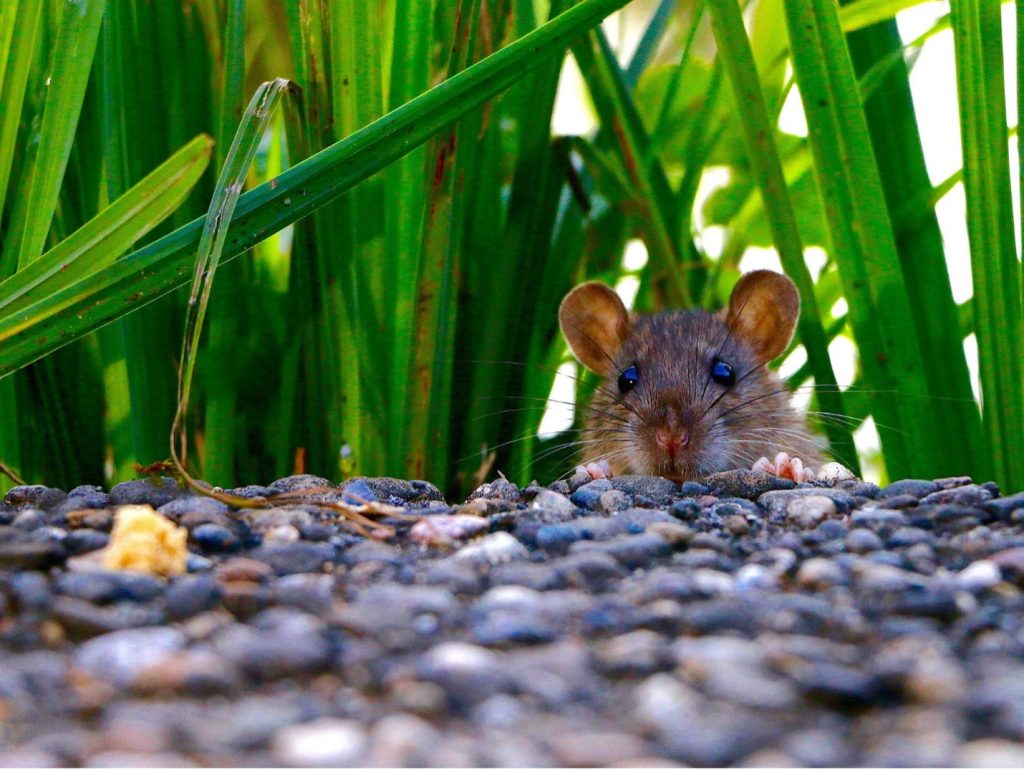
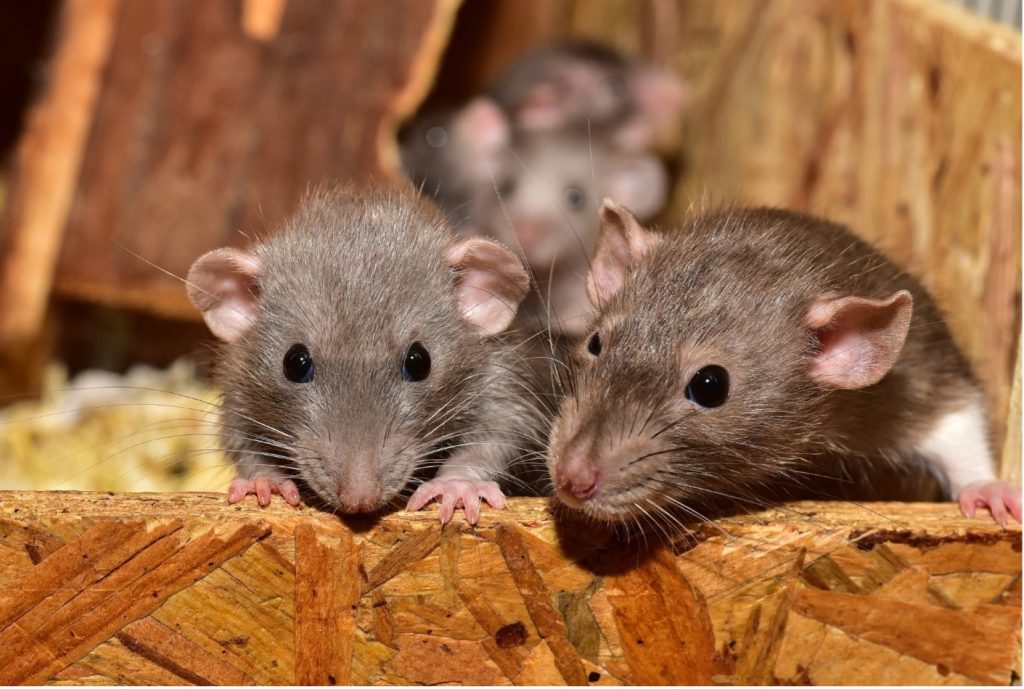
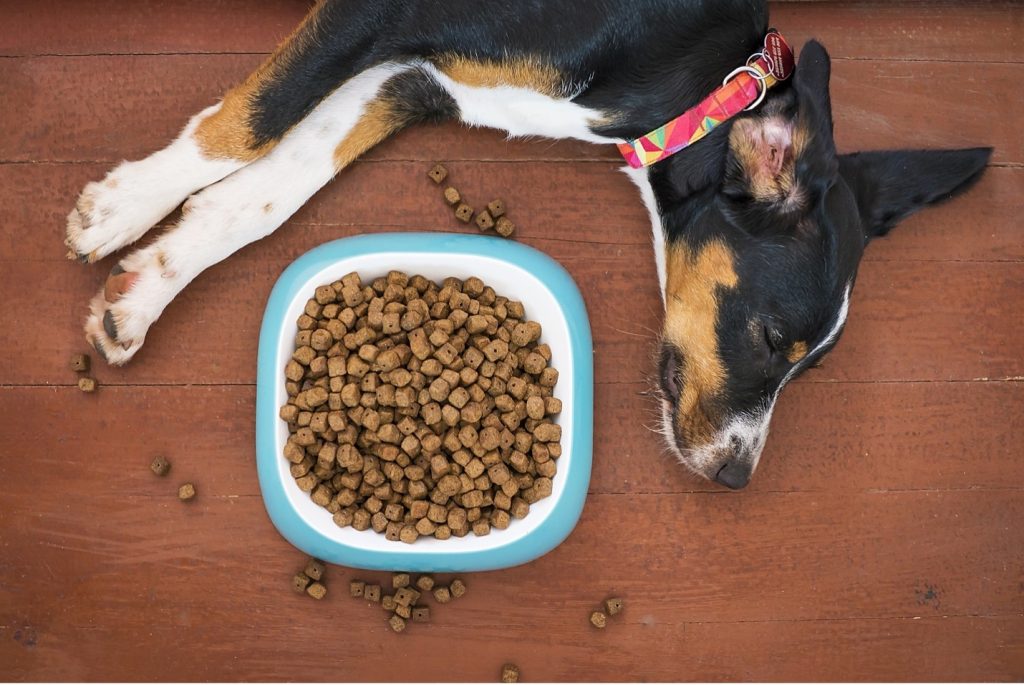


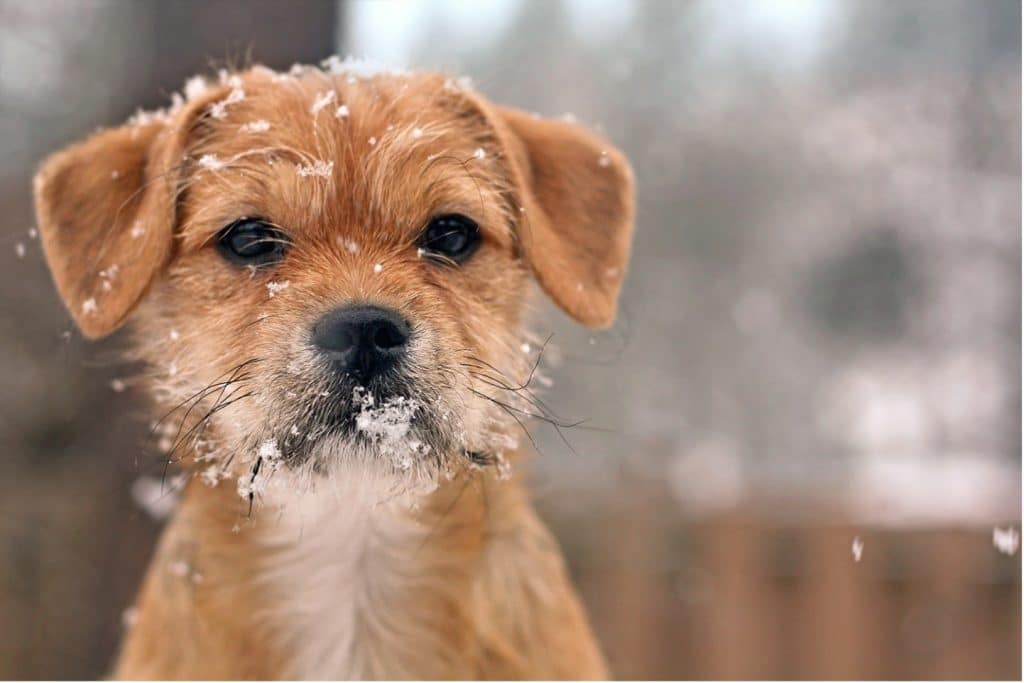
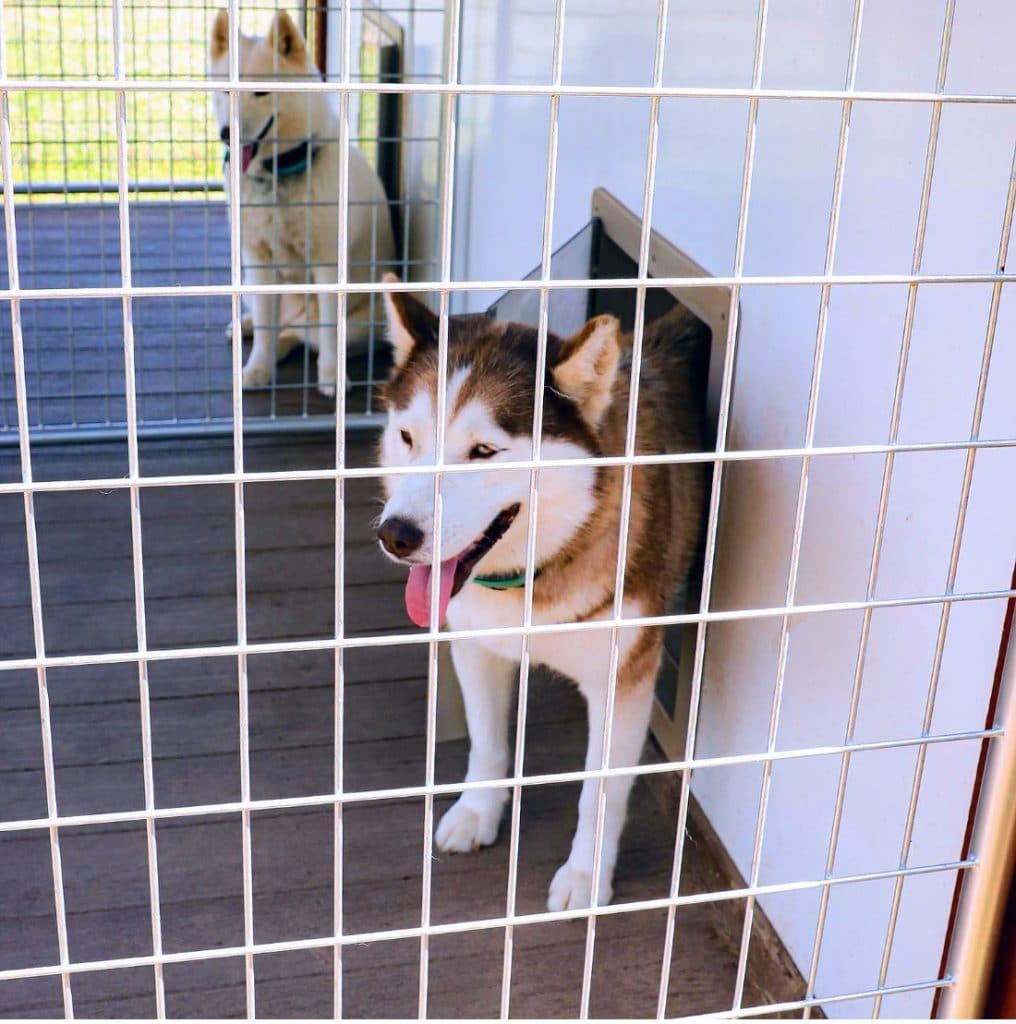
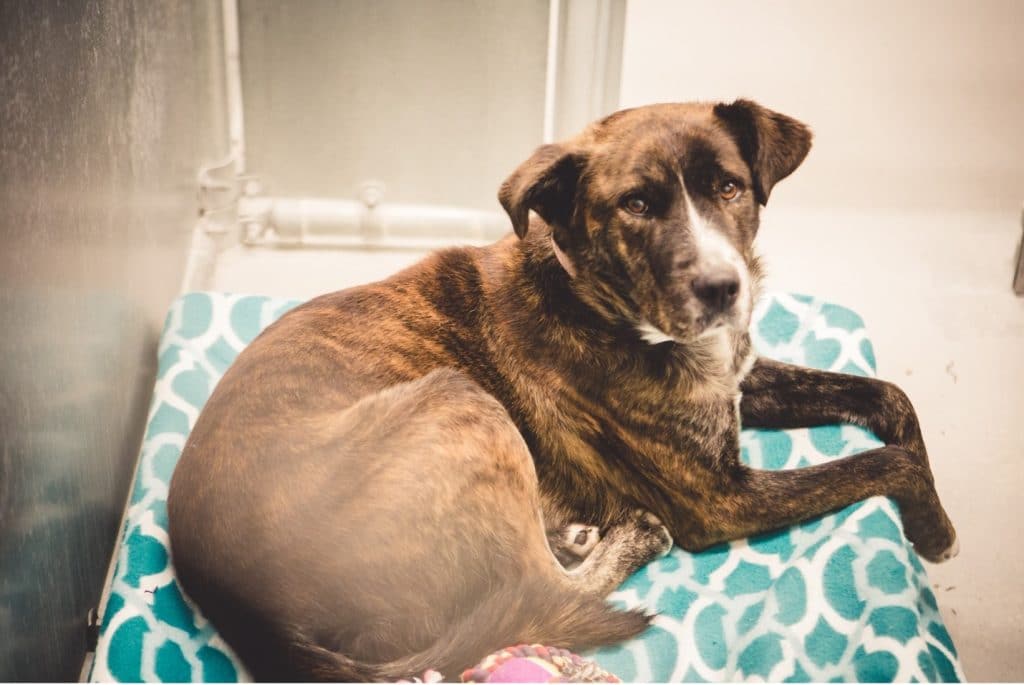
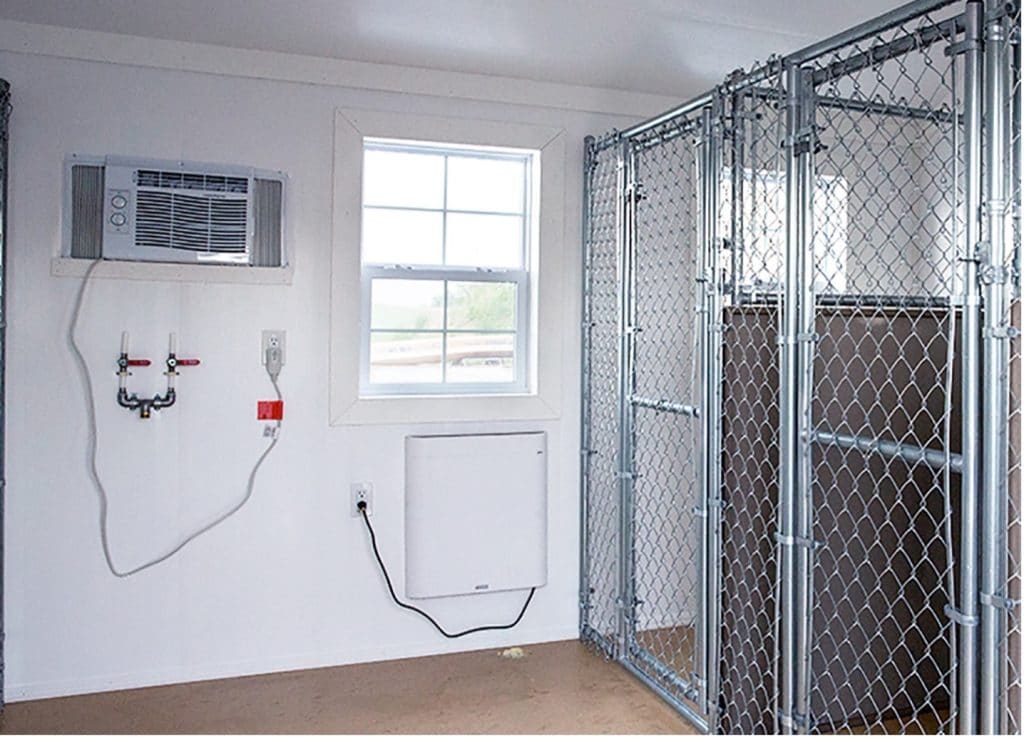
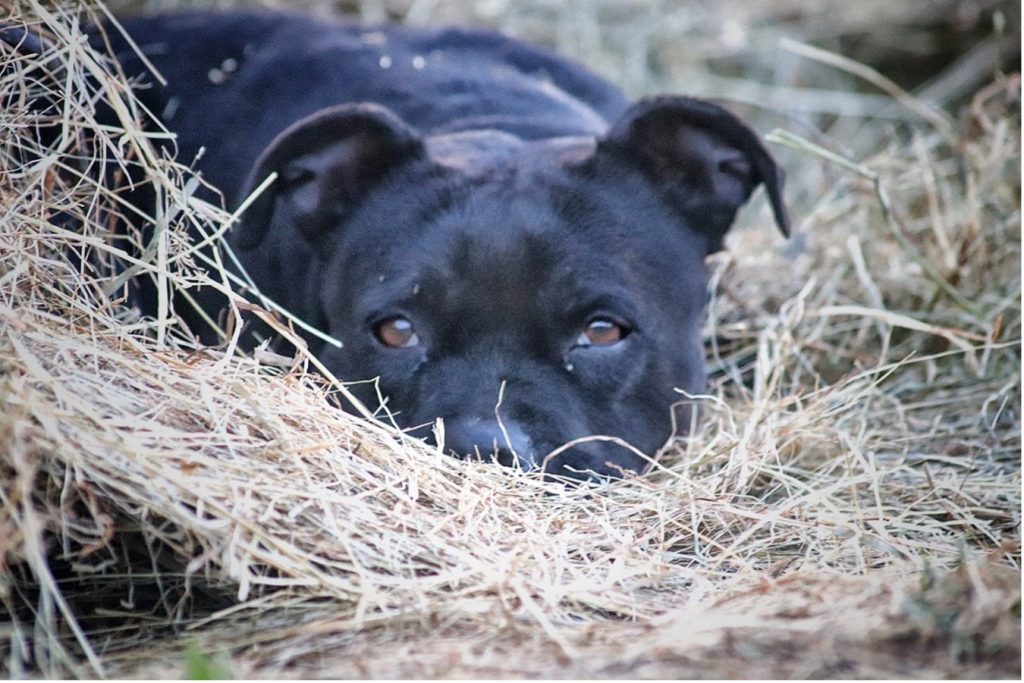
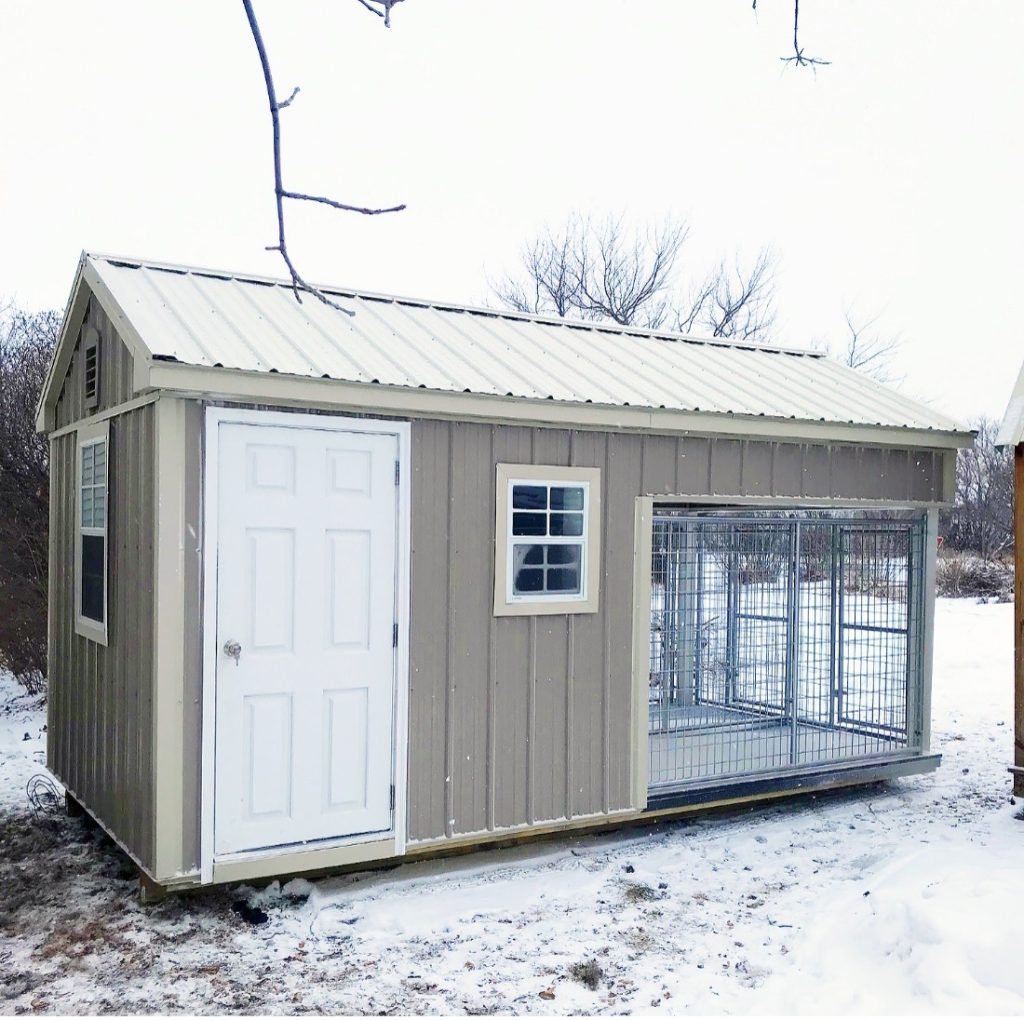 8×16 / 2-dog ‘Traditional’ kennel with metal siding and roofing upgrade
8×16 / 2-dog ‘Traditional’ kennel with metal siding and roofing upgrade

